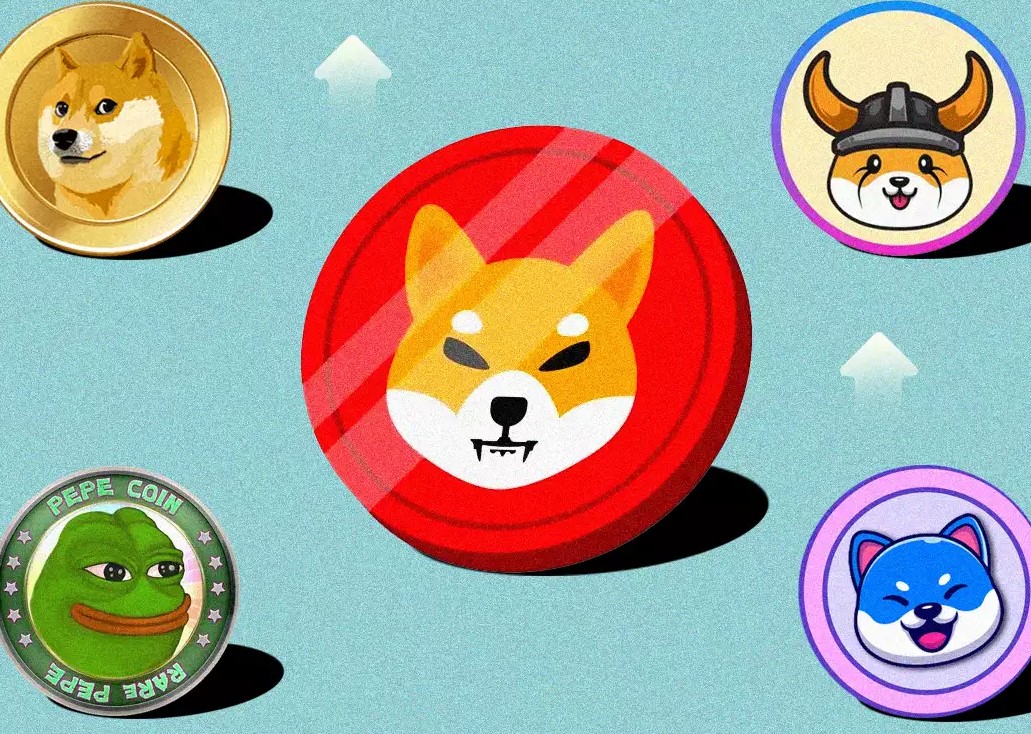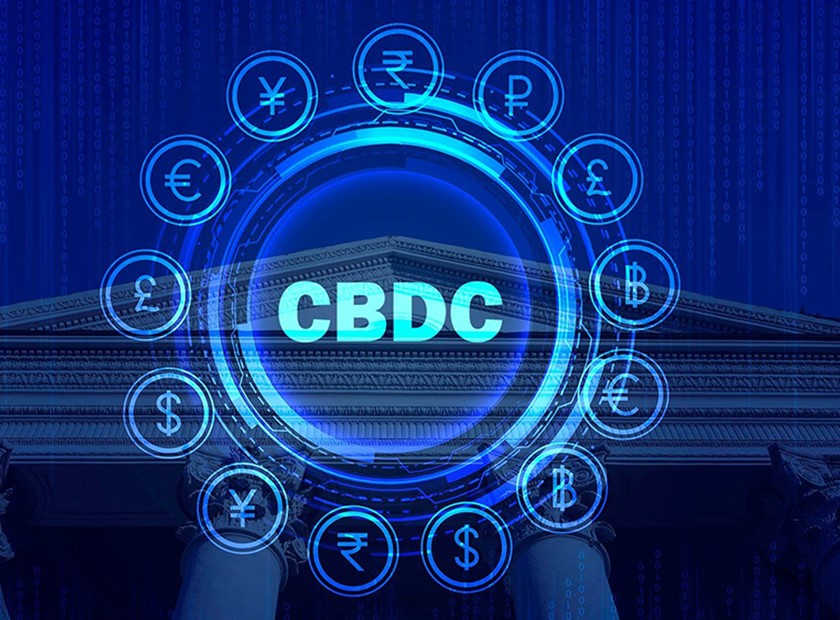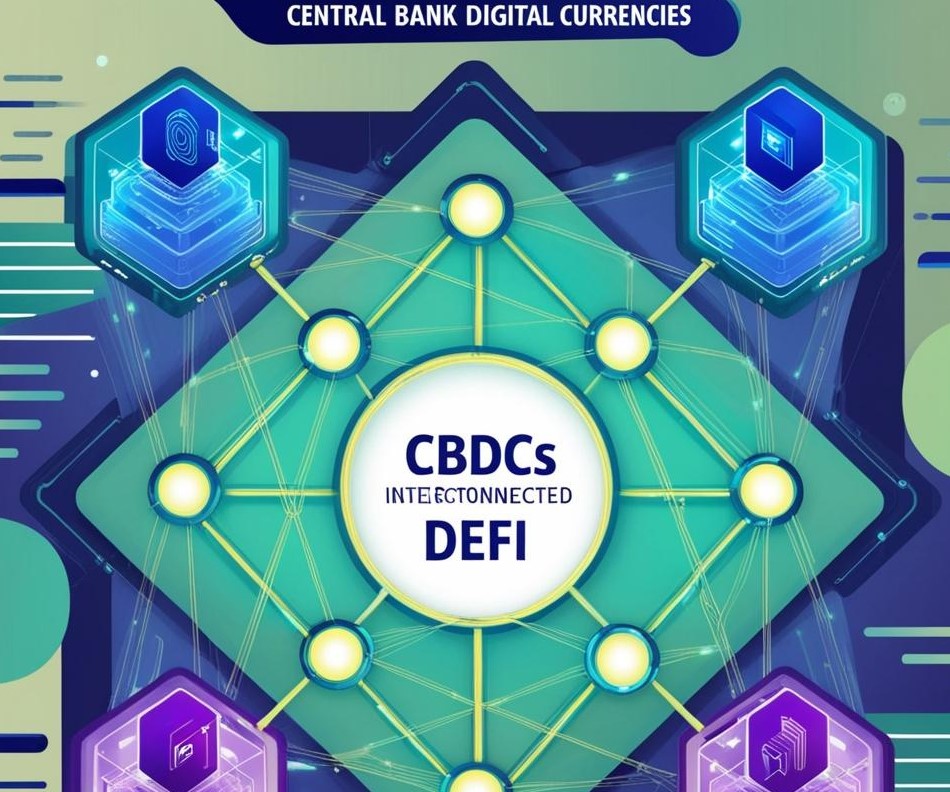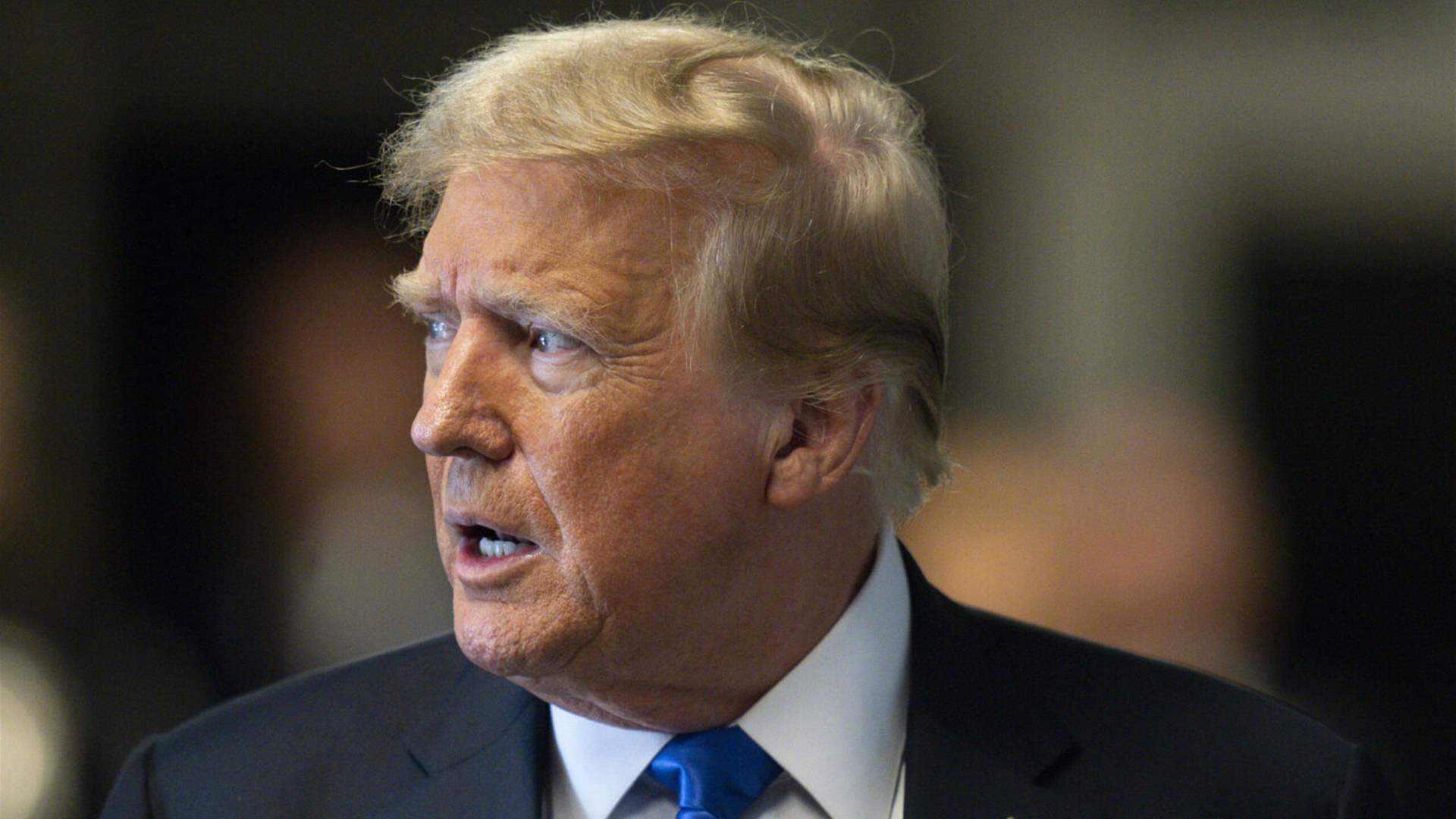Meme coin revival is largely tied to speculative trading, which thrives in markets with high volatility and rapid price swings.
Speculative trading has always been a driving factor in financial markets, with high-risk, high-reward strategies based on market sentiments and volatility. before discussing this further, let’s briefly dive into what speculative trading is.
- 1 Table of Contents
- 2 What is Speculative Trading?
- 3 The Role of Speculative Trading in Cryptocurrency
- 4 A Brief History of the Meme Coin Phenomenon:
- 5 How Speculative Trading is Fueling Meme Coins Revival
- 6 Market Psychology and Speculative Meme Coin Investments
- 7 Risks and Rewards of Speculative Trading in Meme Coins
- 8 Future of Speculative Trading and Meme Coins
- 9 Conclusion
Table of Contents
What is Speculative Trading?
Speculative trading entails purchasing or selling financial products with the goal of benefitting from short-term price swings. Unlike long-term investment techniques that focus on fundamental value and consistent growth, speculative trading thrives on market instability and price fluctuations.
Key Principles of Speculative Trading
High Risk, High Reward:
Speculators generally target markets with high price volatility, taking huge risks for potentially large rewards.
Market Psychology:
Understanding market sentiment, trends, and behavioral patterns like fear, greed, and herd mentality is crucial for successful speculative trading.
Short-Term Focus:
Trades are normally held for short durations, spanning from minutes (day trading) to weeks, with the aim of capitalizing on price fluctuations rather than long-term growth.
Examples Of Speculative Markets
Cryptocurrencies: Bitcoin and meme coins thrive on speculation because of their volatility and lack of intrinsic valuation norms.
Stocks: Penny stocks or freshly listed companies are often targets for speculative activity.
Derivatives: Futures, options, and leveraged products increase both risks and returns, making them popular among speculators.
Speculative trading in cryptocurrency
In cryptocurrency markets, speculative trading is prevalent. Traders profit from factors such as quick technical breakthroughs, regulatory announcements, and macroeconomic trends.
The speculative character of these markets frequently results in significant price swings, attracting both retail and institutional investors.
Speculative trading is a double-edged sword that can result in huge profits or devastating losses. Deep market analysis, risk management, and emotional discipline are all essential skills for those involved.
The Role of Speculative Trading in Cryptocurrency
Why the cryptocurrency market thrives on speculation
The crypto market has become linked with speculative trading due to its decentralized structure and lack of standard valuation methodologies.
Unlike stocks that are tied to company revenues or bonds that are linked to fixed income, cryptocurrencies are valued based on market perception, adoption potential, and scarcity. This speculative aspect makes the market more appealing to traders looking for huge returns. Major drivers include:
- Decentralization: The lack of regulation allows for free trade.
- Innovation Appeal: New technology and blockchain applications spark attention.
- Fear of Missing Out (FOMO): social media and public figures drive speculative activity, encouraging retail investors to participate.
Speculation fosters a dynamic ecosystem that coexists with significant financial risk.
Relationship Between Volatility, Retail Participation, and Speculative Activity
The crypto market’s extreme volatility is fueled by speculative trading, which is exacerbated by:
- Retail Investor Dominance: Unlike traditional markets, which are dominated by institutions, cryptocurrency is largely impacted by individual investors, who react emotionally to news and trends.
- Leveraged Trading: Many platforms allow for significant amounts of leverage, which can magnify both gains and losses, worsening market volatility.
- Limited liquidity: Because altcoin markets are smaller, even small deals can have a major impact on prices.
Speculative behavior can lead to price fluctuations driven by sentiment rather than fundamental value.
Impact on Crypto Trends and Price Swings
Speculative trading greatly influences cryptocurrency trends and price swings:
- Pump-and-dump cycles: Sudden rises caused by coordinated speculation frequently result in severe corrections.
- Volatility Clusters: External variables such as regulation updates or macroeconomic conditions cause market sentiment to change rapidly.
- Ripple Effect on Altcoins: Speculation in popular coins such as Bitcoin frequently spills over to lesser cryptocurrencies, resulting in market-wide consequences.
Speculative trading remains a double-edged sword: it fosters innovation and interest while also increasing volatility and risks.
Recognizing these dynamics enables traders and investors to properly navigate the cryptocurrency market.
A Brief History of the Meme Coin Phenomenon:
Meme coins began as a lighthearted take on crypto, with Dogecoin leading the way in 2013. Billy Markus and Jackson Palmer created Dogecoin as a joke, inspired by the viral Doge meme, which featured a Shiba Inu dog.
Dogecoin’s popularity stems from its community-driven approach, charitable causes, and online tipping.
Following Dogecoin’s success, several meme coins arose, including Shiba Inu (introduced in 2020), which used humor and internet culture to build big, enthusiastic communities.
Shiba Inu became known as the “Dogecoin killer” after successfully establishing a large ecosystem of tokens and enterprises.
The meme coin phenomenon has grown with more entrants, such as Pepe Coin, highlighting the tendency of meme-based cryptocurrencies to achieve rapid popularity through social media virality.
How Speculative Trading Increased Their Popularity
Speculative trading contributed significantly to meme coin’s initial success. These currencies, which lacked traditional utility, were frequently propelled by hype, celebrity endorsements (such as Elon Musk’s tweets), and viral marketing efforts.
Shiba Inu, for example, had a significant price surge in 2021 because of speculative activity on platforms like Reddit and Twitter. Investors were enticed by the potential of exponential short-term gains despite the severe dangers associated with extreme volatility.
Meme-Driven Culture: Community, Humour, and Internet Virality
The meme coin ecosystem thrives on humor, community participation, and relatability. Meme coin culture stresses fun and inclusivity, which appeals to both experienced investors and novices to the cryptocurrency space.
Social media platforms serve as a central hub for creating communities, exchanging memes, and magnifying hype, which frequently results in unexpected market action. This humor-first strategy differentiates meme coins from other cryptocurrencies, making them appealing to a broader, more casual audience.
How Speculative Trading is Fueling Meme Coins Revival
Speculative Trading and its Mechanisms
Speculative trading in the crypto market is based on short-term price swings rather than the asset’s fundamental value. Traders actively strive to profit from volatility by buying low and selling high, motivated primarily by market psychology, hype, and momentum.
Meme coins, sometimes regarded as “joke coins” due to their lack of technical utility, have become a haven for speculative traders looking for quick profits.
Here’s how speculative trading revived meme coins
- Low Barriers to Entry
- Social media as a catalyst
- Volatility as an Opportunity
- Leveraging Market Trends
- Community Driven Dynamics
- Accessibility and Liquidity on Exchanges
Social media as a catalyst
Speculative trading thrives on hype, and social media networks such as Twitter, Reddit, and TikTok have played an important part in reviving meme coins. Viral posts, memes, and endorsements from influencers like Elon Musk frequently result in large buying sprees.
For instance, Musk’s tweets regarding Dogecoin consistently increased its value, demonstrating how sentiment and speculative trading can work together to influence price action.
Platforms such as Reddit’s WallStreetBets and cryptocurrency-specific subreddits have also become hubs for coordinated speculation.
These communities work together to raise costs, with users exchanging memes and purchasing tactics that encourage others to join the effort. As prices climb, the fear of missing out (FOMO) drives more traders to invest, resulting in a self-reinforcing cycle of speculation.
Low Barriers to Entry
Meme coins are affordable, often priced at fractions of a penny, making them accessible to retail dealers on a tight budget.
Speculators can purchase millions or even billions of tokens, generating a psychological appeal linked to the potential for exponential returns. This accessibility encourages speculative behavior, resulting in abrupt price increases.
Volatility as an Opportunity
The inherent volatility of meme coins provides plenty of profit opportunities for speculative traders.
Unlike traditional assets or even established cryptocurrencies such as Bitcoin, meme coins’ prices can fluctuate by hundreds or even thousands of percentage points in a matter of days or hours. Speculative traders capitalize on market volatility, attracting attention and fueling revival cycles.
Leveraging Market Trends
Speculative trading often aligns with bigger trends in the crypto market. For example, during instances of market thrills or when Bitcoin reaches new highs, meme coins tend to surge.
Traders perceive these coins as a high-risk, high-reward opportunity during bullish times, employing them to ride the momentum of a thriving crypto market.
Community Driven Dynamics
The speculative revival of meme coins is more than just trade; it’s also about their communities. Meme coins rely primarily on humor and collective involvement, which speculators take advantage of.
By participating in these groups, traders compound the hype, creating a cycle in which increasing attention drives more trading activity, reviving and maintaining the coin’s relevance.
Accessibility and Liquidity on Exchanges
The inclusion of meme currencies on prominent exchanges such as Binance and Coinbase greatly increased their speculative attractiveness.
Millions of traders throughout the world can easily access these platforms, improving liquidity and allowing for rapid buy-and-sell transactions. Liquidity allows traders to enter and exit positions with minimum slippage, which encourages speculative engagement.
The Result: A Meme Coin Revival
Speculative trading, fueled by social media buzz, accessibility, and community engagement, has elevated meme coins from ordinary internet jokes to market capitalizations in the billions. While this revival is primarily speculative and prone to crashes, it highlights the growing role of retail traders in driving crypto trends.
Market Psychology and Speculative Meme Coin Investments
Investor motivations: Greed, Hope, and Excitement
Speculative meme coin investments are motivated by three main emotions:
- Greed: Investors are frequently tempted to the prospect of enormous profits on relatively small investments. This greed is encouraged by success tales published on social media, which demonstrate how individuals turned little sums of money into great fortunes.
- Hope: Hope serves as a counterbalance to fear in speculative trading. Even in a volatile market, investors hope that their investments will “moon,” resulting in large rewards. This hope keeps the buying cycle alive, even during market downturns.
- Excitement: The joy of participation in a fast-paced, high-stakes market is a powerful psychological motivator. Meme coins frequently generate excitement and a sense of urgency, making the experience feel like a game with potentially life-changing consequences.
Emotional Decision-Making and Herd Mentality
Speculative investments in meme coins are heavily influenced by herd mentality. This tendency derives from the psychological comfort of conforming to the herd, which is heightened in the meme coins market by social media platforms such as Twitter, Reddit, and TikTok.
Viral trends or influencer endorsements can spark mass buying activity, resulting in self-reinforcing price increases.
Fear of Missing Out (FOMO) is a key factor in this dynamic. When investors see others generating quick gains, they typically rush in to prevent falling behind, foregoing thorough diligence in favor of rash decisions.
FOMO creates speculative bubbles by encouraging more people to invest based on hype rather than fundamentals.
Meme Culture and Emotional Attachment
Meme coins are uniquely positioned to capitalize on the humor, relatability, and cultural significance of internet memes. This cultural attachment promotes a sense of community among investors, who participate for reasons other than financial gain, such as wanting to be a part of something bigger.
For example:
Dogecoin began as a parody but gained popularity due to its “fun” approach, which contrasted with traditional investments.
Shiba Inu positioned itself as a “Dogecoin killer,” attracting investors who value competition and creativity in the meme coin sector.
Emotional attachment frequently motivates investors to continue supporting a coin even when prices fall, extending speculative activity.
Case Studies Highlighting Market Psychology
- Dogecoin’s meteoric rise: Dogecoin surges were frequently related to Elon Musk’s tweets, highlighting the power of influencers to drive herd behavior. Many investors entered the market solely on the basis of Musk’s public endorsements, counting on future profits fueled by social momentum.
- Shiba Inu: Its low-cost and viral marketing campaigns drew retail investors who saw it as a low-risk, high-reward opportunity. During speculative booms, community-driven promotions pushed the price even higher.
- PEPE Coin: In 2023, this meme coin skyrocketed because of intense speculative trade, demonstrating how coordinated buying and selling can result in brief price spikes.
Psychological Risks
While speculative meme coin investments have potential benefits, they also carry emotional risks.
- Overconfidence Bias: Investors may overestimate their abilities to forecast market fluctuations based on little information.
- Loss Aversion: Investors’ fear of losing money sometimes causes them to hold onto their coins for longer than necessary, even as prices drop.
- Confirmation Bias: Investors seek evidence that validates their decision to purchase a meme coin, ignoring red flags.
The market psychology that drives speculative meme coin investments is a powerful combination of emotional impulses, cultural participation, and behavioral biases. Understanding these factors is critical for managing this high-risk, high-reward market prudently.
Risks and Rewards of Speculative Trading in Meme Coins
Meme coins, known for their humorous origins and community-centric appeal, have grown in popularity as speculative trading vehicles. However, their tremendous volatility presents both considerable dangers and possible benefits.
Risks of Speculative Meme Coin Trading
- Extreme volatility and unpredictability
Meme coins frequently experience huge price fluctuations caused by social media buzz, celebrity endorsements, or viral trends. This volatility has the potential to result in both rapid gains and severe losses in short periods of time.
- Market manipulation
Meme coins are commonly targeted for pump-and-dump scams, in which prices are artificially raised by coordinated buying and then dumped, resulting in losses for ignorant investors.
- Lack of intrinsic value
Unlike assets with obvious use cases or intrinsic value, meme coins frequently rely exclusively on community sentiment and speculation. This raises questions regarding their sustainability and long-term viability.
- Regulatory and Security Risks
Many meme coins operate in a minimally regulated environment, raising the risk of fraud, scams, and rug-pulling. This lack of control poses a substantial risk to speculators.
Rewards of Speculative Trading in Meme Coins
- High Potential Returns
Meme coins promise large returns in a short amount of time, particularly during viral bull runs. This attractiveness is fueled by stories about coins like Dogecoin and Shiba Inu turning modest investments into small fortunes.
- Low Entry Barrier
Meme coins sometimes have modest unit costs, making them accessible to retail investors wishing to try speculative trading tactics without committing significant capital.
- Gateway to the cryptocurrency markets
Meme coins introduce a large number of new investors to the crypto sector. These assets serve as a starting point for understanding market dynamics and progressing to more established cryptocurrencies.
- Community & Culture
Meme coins build vibrant, engaging communities, giving traders a sense of belonging and purpose. This communal enthusiasm frequently fuels speculative behavior.
Future of Speculative Trading and Meme Coins
The landscape of speculative trading and meme coins is expected to change dramatically in the future years, owing to advancements in technology, investor psychology, and regulatory changes. Here’s a breakdown of significant elements influencing the future.
Crypto-Speculative Trading Predictions
The speculative trading environment in the crypto market is projected to stay healthy, with the following trends emerging as pivotal:
- Emergence of New Assets: The rise of meme coins and new projects, such as AI-integrated tokens, will keep speculators interested. Coins like Dogecoin and Shiba Inu are predicted to maintain their popularity due to their established communities and unique ecosystem expansions.
- Global Adoption Trends: Increased engagement from sovereign wealth funds and institutional investors, notably with the advent of Bitcoin ETFs, may stabilize some sectors of the market while simultaneously amplifying speculation about new assets.
Factors That Could Sustain or Diminish the Meme Coin Revival
The longevity of meme coin hype is dependent on three crucial drivers:
- Community Engagement: Meme coins continue to rely on strong online communities. Viral marketing and celebrity endorsements, such as Elon Musk’s tweets, could maintain interest in these tokens.
- Technological and ecosystem advancements: Blockchain networks that offer faster transactions at reduced costs (such as Solana) are attracting meme coin developers, increasing the sector’s competitiveness.
- Market Maturity: While speculative enthusiasm could fade as the market matures, creative use cases for meme coins might arise, giving them greater longevity.
3. Regulatory Impact on Speculative Trading
Upcoming regulations could significantly impact speculative trading:
- Clearer Frameworks: Efforts such as the EU’s MiCA legislation and increased regulation in areas such as the United States and Asia aim to protect investors while encouraging innovation.
These could either reduce speculative behavior or promote more structured investment practices.
- Impact on Meme coins: Stricter advertising and requirements for transparency could reduce the speculative frenzy while increasing the credibility of meme coins that adhere to regulatory standards.
The speculative trading landscape will evolve alongside the broader cryptocurrency market, balancing the high popularity of meme coins against the necessity for governmental regulation.
Investors should look for initiatives that combine strong community support, new technology, and adaptability to regulatory changes since these are the most attractive candidates in this volatile yet thrilling space.
Conclusion
While speculative trading has increased excitement and provided enormous rewards to early adopters, it has also highlighted the unpredictable and high-risk nature of meme coins.
Sustainability is a primary concern as many of these coins have little inherent value or long-term utility. However, its capacity to attract retail investors and energize communities ensures that meme coins will continue to gain traction in the crypto space.



